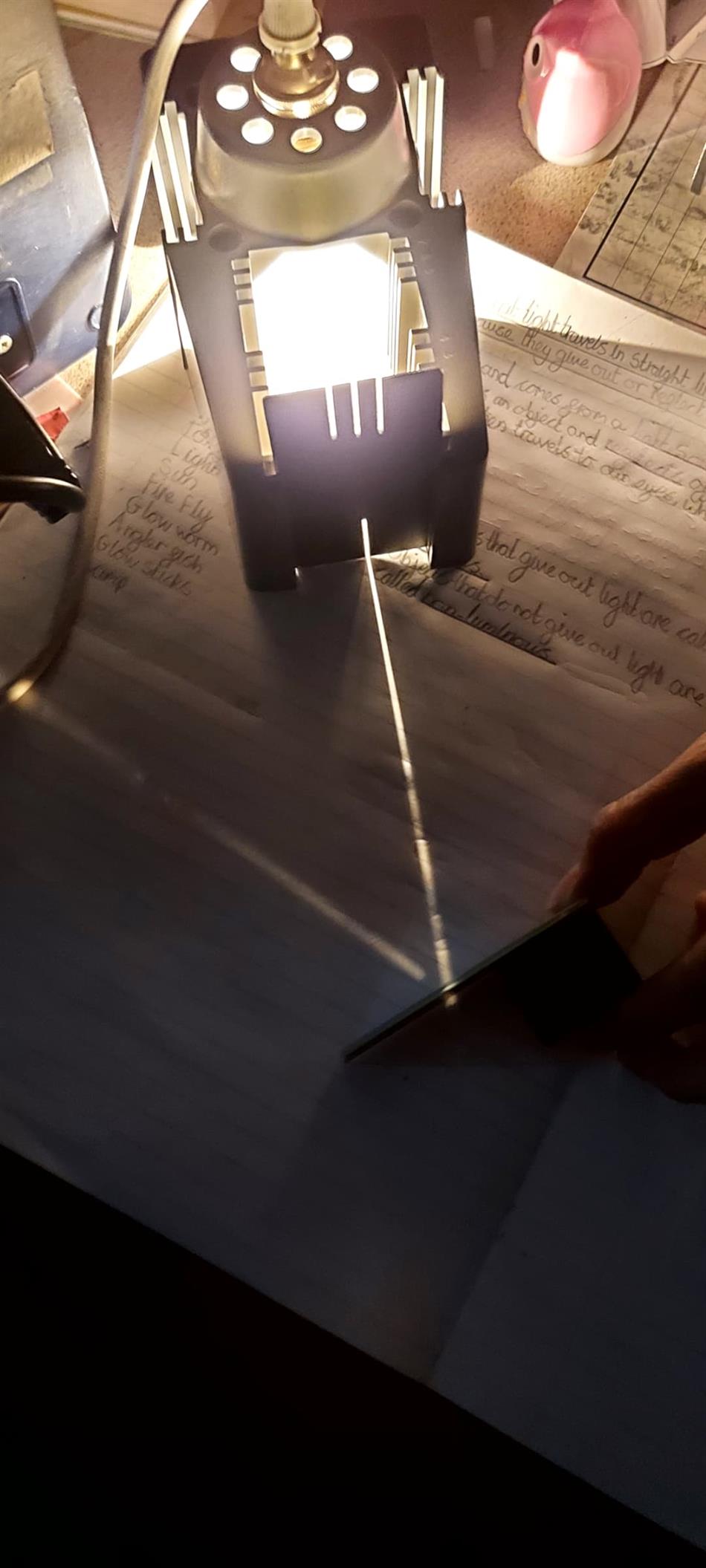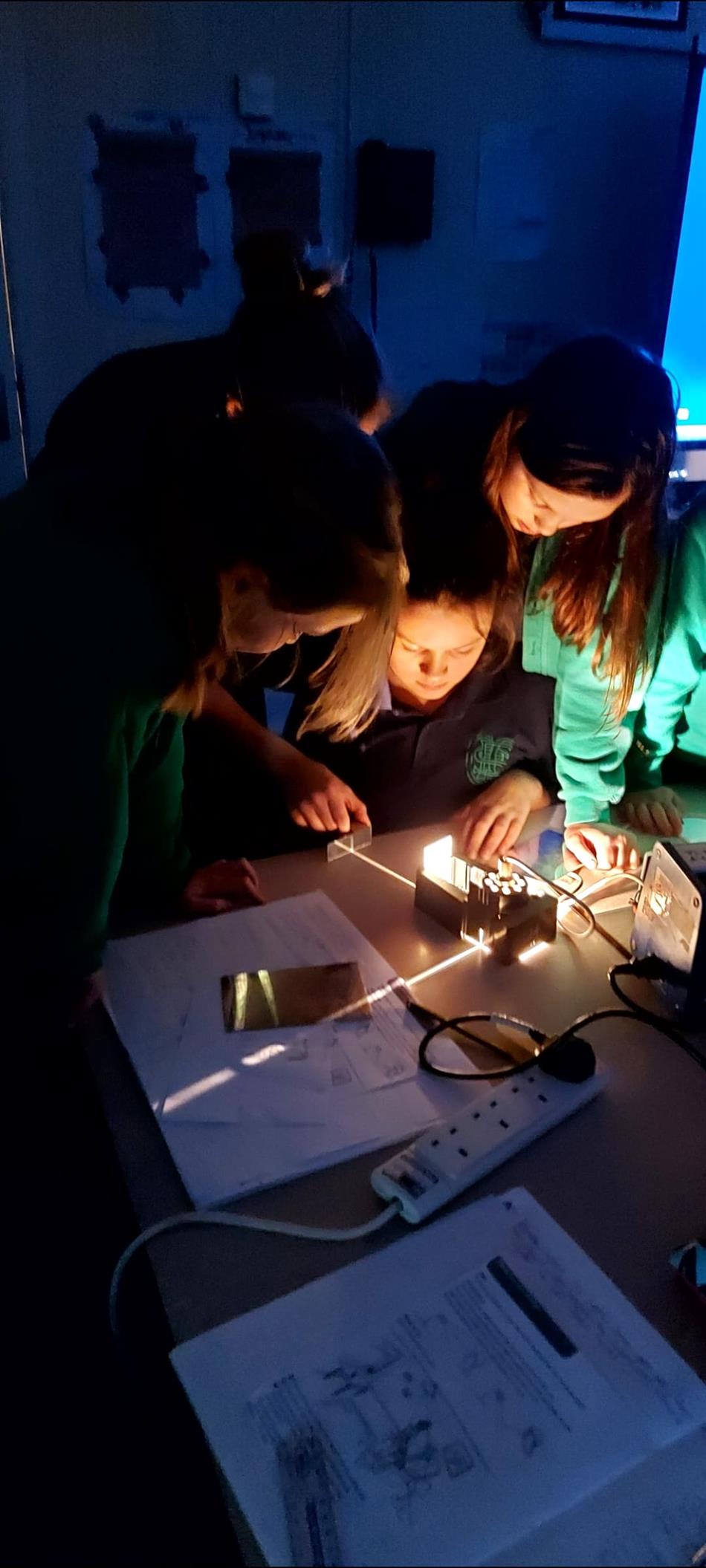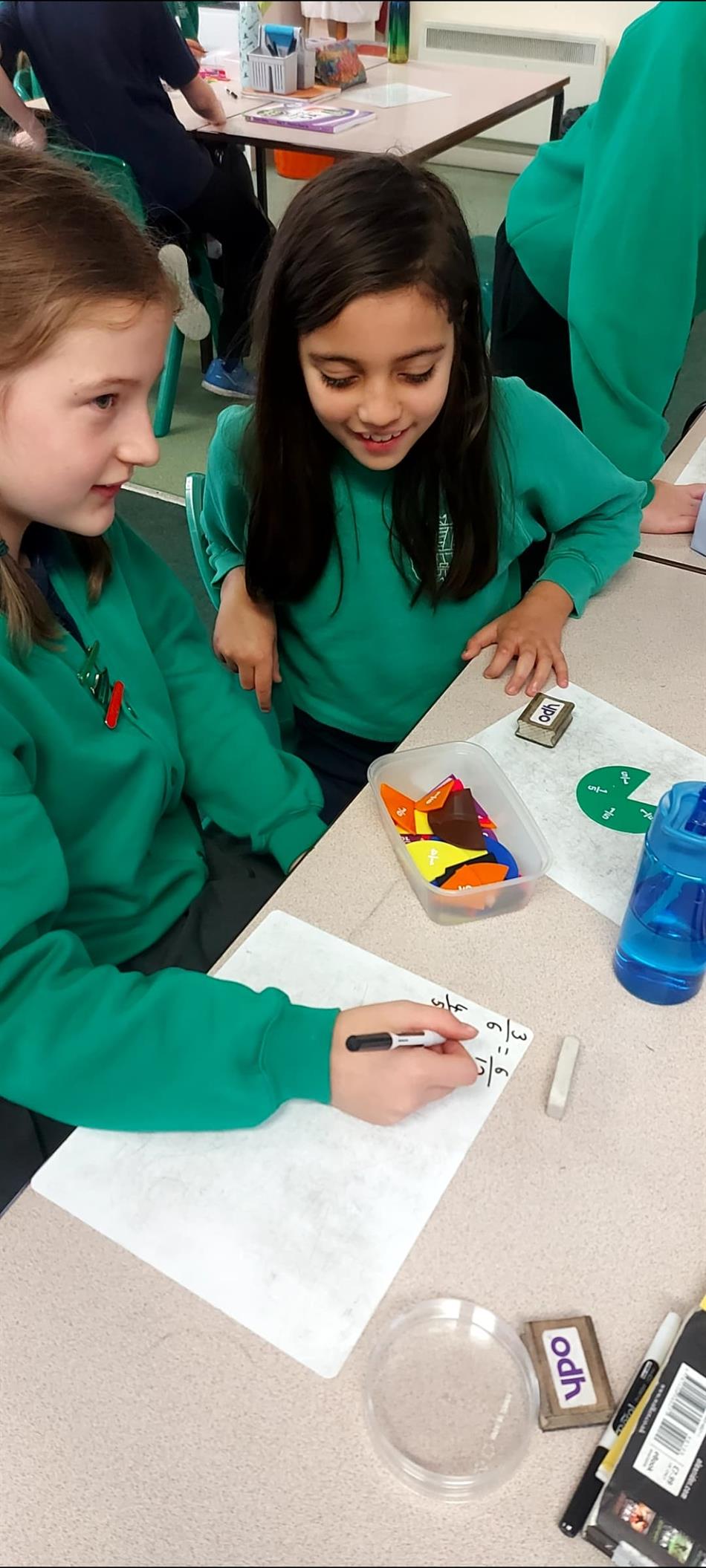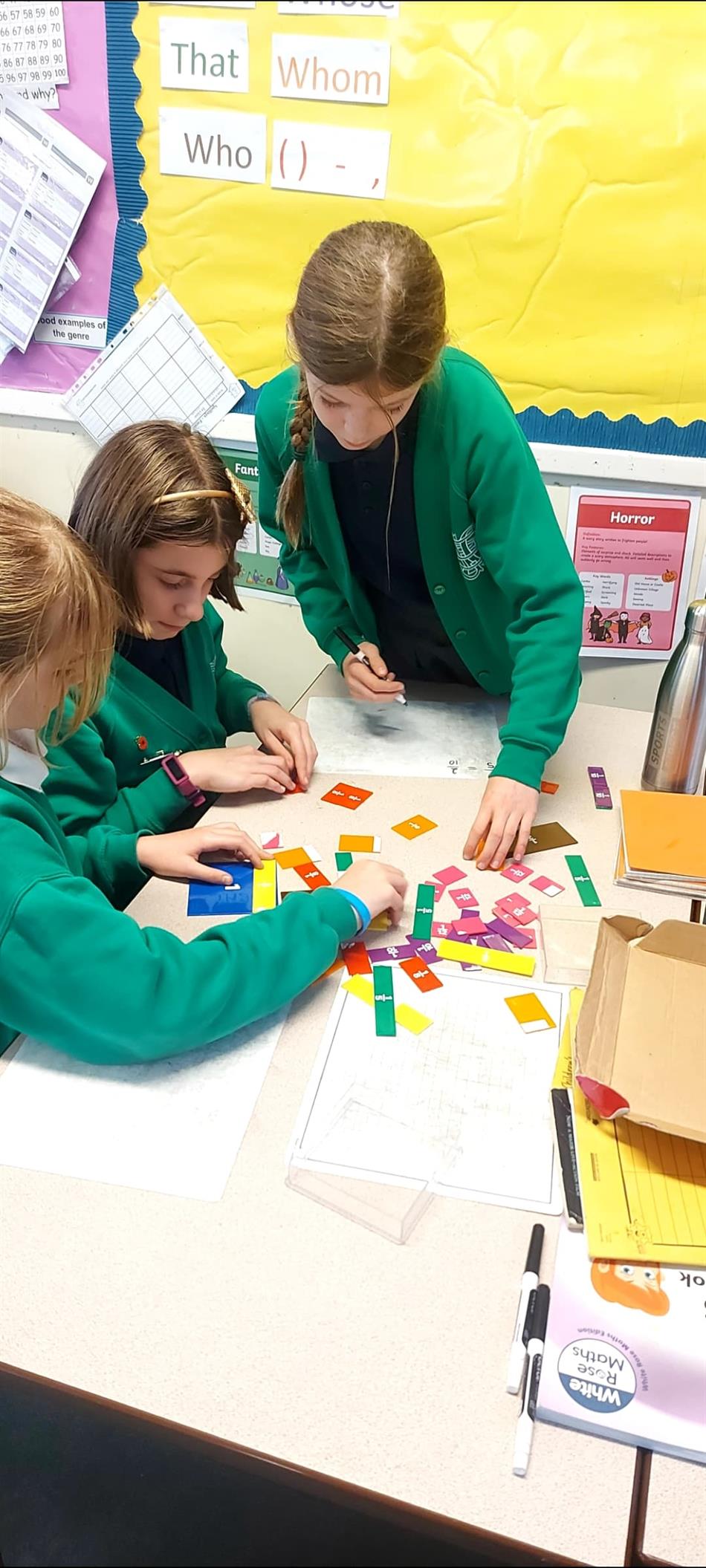Testing parachutes
18 Nov 2022
Why do things fall to Earth? Why does a piece of paper drift slowly to the ground while a scrunched up piece plummets? These were things we were considering this week as part of our forces topic. We looked at the types of forces around us and wanted to investigate the effects air resistance can have on a parachute falling to the ground.
We watched a fascinating clip (with Brian Cox the physicist) where a bowling ball and feather were dropped together from a height and we observed how the feather gently drifted its way down while bowling ball hurtled down. We then watched how, by using a vacuum and removing all the air, both objects then fell at exactly the same time.
We all worked in groups to consider an investigation. Most groups wanted to investigate whether the height in which an object was dropped impacted on the amount of air resistance it faced. Others chose to investigate whether the conditions inside and outside had an impact while others looked at the size of the parachute itself. Here are some pictures of us making and testing our parachutes out.
In another area of science, we continued to learn about light with Ripon Grammar. We discovered how you can alter the direction of light using mirrors. We know that light travels in straight lines so could create some interesting shapes.


Finally in maths we've been learning how fractions can be represented differently and how these are called equivalent fractions. We've been discovering methods to find and test equivalent fractions and then checking our answers using fraction segments to see if they really are equal

